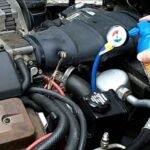Paint protection film (PPF) and ceramic coating are two common methods for preserving the finish of your vehicle’s exterior. However, we will cover ceramic coating vs PPF: what’s the difference between and which is superior? It will assist you in making the best decision.
What is Ceramic Coating?

The painting outside of a car can get a ceramic coating, which is a liquid polymer solution. When it’s dry, it makes a smooth, shiny layer that covers the paint and keeps it safe from different kinds of damage.
Benefits of Ceramic Coatings:

- Protect against scratches: The ceramic coating acts as a shield around the paint, making it less likely that scratches and swirl marks will appear on the surface. It keeps the car in the same state it was in when it was first bought.
- Enhance gloss: Ceramic coats often make paint look more shiny and bright after they are applied.
- Keep water and dirt away: The paint’s smooth surface makes water beads up and roll off, carrying dirt and dust with it. It’s easy to wash and clean now.
- Chemical resistance: Bird droppings, sap, and chemicals from the road can stain and eat away at paint, but ceramic coats protect against these things.
- Last 2–5 years: How long they last depends on how good the ceramic coating is, but most of the time they need to be reapplied every 2–5 years.
What is Paint Protection Film (PPF)?
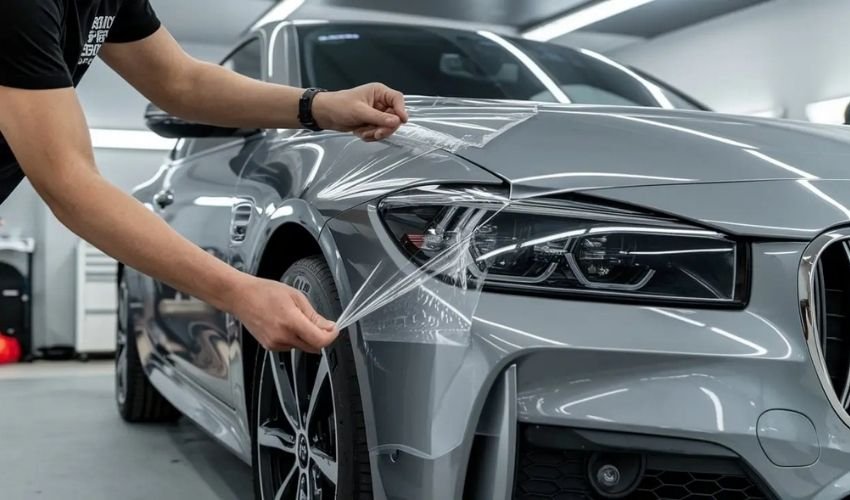
It is made of thermoplastic urethane and is completely clear. Professional shops put it on the outside of a car that is likely to get damaged. As an extra defense against damage to the paint below, the Paint Protection Film is used.
Benefits of Paint Protection Film:
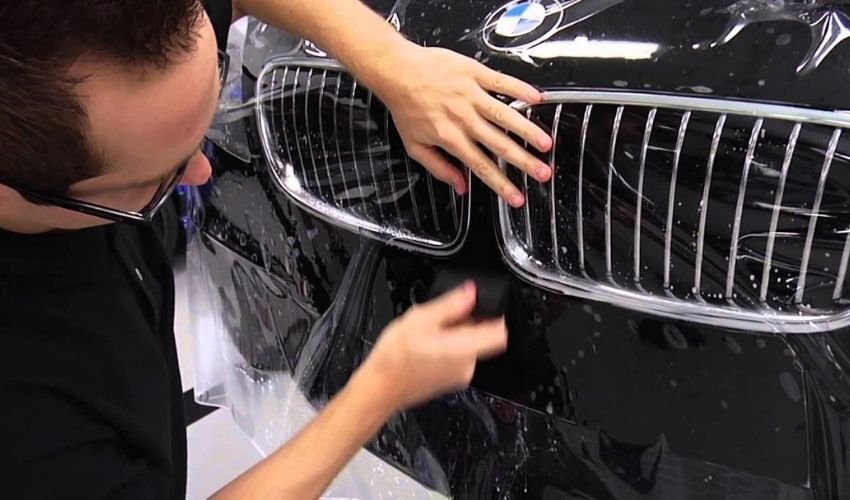
- Protection from rock chips and dings: Road debris can chip important parts of the car, like the hood, skirts, and side mirror housing. PPF keeps these areas from getting hurt.
- Scratch resistance: In addition to rock chips, PPF offers protection against abrasions from brushes, keys, branches, and other sources that scratch paint.
- Custom coverage: PPF can be applied to fully wrap a vehicle or just install on partial sections prone to damage. This allows for customized protection plans.
- Last 5-10 years: Professionally installed PPF is very durable, lasting up to 10 years before replacement is needed. This makes it a long-term protective solution.
- Optically clear: High-quality PPF films are virtually invisible and do not impact the appearance of paint color or gloss.
Key Difference Between Ceramic Coating Vs PPF
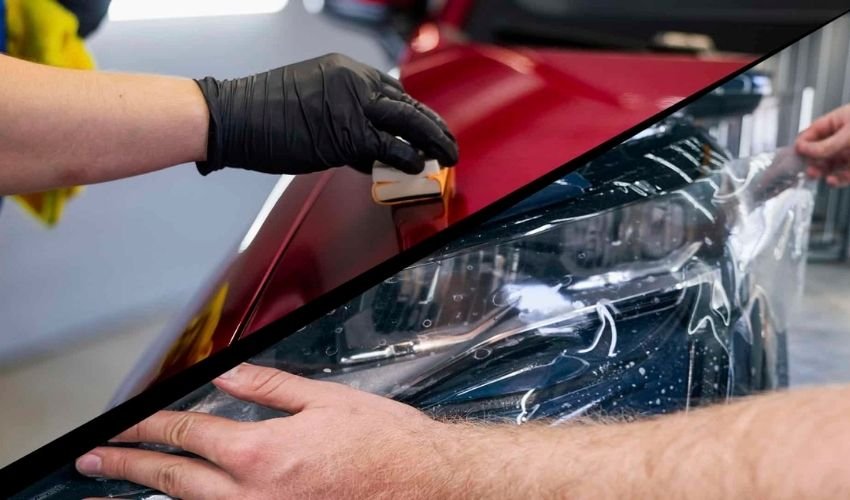
Now that we’ve covered the basics of each product, let’s do a side-by-side comparison of ceramic coating vs PPF: and discover what’s the difference between.
Coverage Area
Ceramic coatings protect the entire painted exterior of a vehicle. PPF is installed on specific sections that need protection.
Installation
Ceramic coatings can be applied easily. PPF requires professional installation for optimal results.
Durability
Ceramic coats last 2-5 years on average. High-quality PPF can last 5-10 years before replacement is needed.
Protection Level
Ceramics adds a glass-like layer that repels contaminants but doesn’t resist damage from physical impacts. PPF acts as a cushioning barrier against chips and scratches.
Appearance
Ceramic coatings enhance gloss for more depth and reflectivity. High-quality PPF has optical clarity with no visible change in appearance.
Which is Better for My Car?
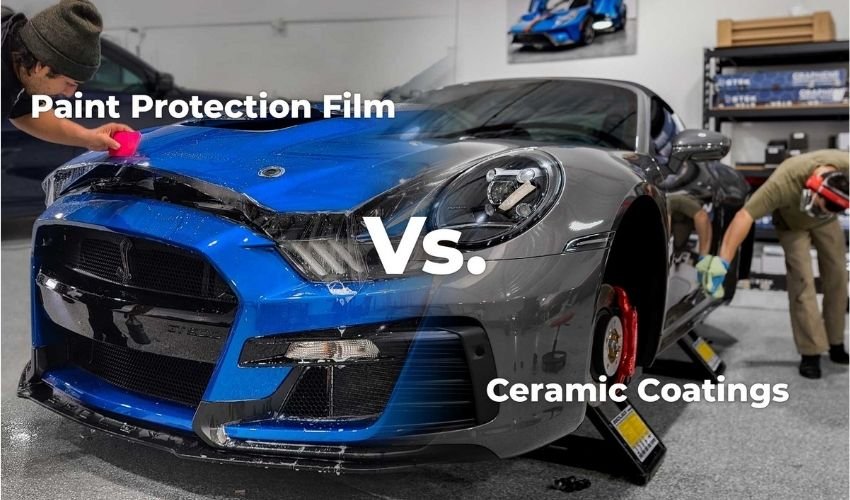
So when considering the best protection for your car, determining whether to go with ceramic coating or PPF depends on several factors:
- Vehicle type: Daily drivers are more prone to paint damage versus weekend show cars or garage queens. Frequent highway usage also increases risk.
- Areas prone to paint damage: Assess if your car’s hood, fenders, mirrors, or full front end are at risk for stone chips or bug scratches.
- Budget: Ceramic coating kits can be applied DIY within a low budget. Professionally installed PPF for full front-end coverage costs more.
- Desired longevity: Multi-year protection makes PPF a smart long-term investment for car enthusiasts.
Many detailing shops now offer PPF and ceramic coating services to meet varying needs. Combining products can provide comprehensive protection from contaminants, scratches, swirls, and chips that assault exterior paint.
Conclusion
When it comes to keeping the outside of your car safe from damage, ceramic coats and paint protection film each do their own thing well. As an inexpensive layer of protection against dirt, scratches, and UV rays, ceramic is a good choice. Stone chips and scratches can’t get through paint protection film because they stick to the paint.
Ceramic, PPF or a mix of the two may be best for your car depending on your price, where you plan to use it, how many miles you expect to drive, and how long you want the protection to last. Talk to a professional cleaning shop about what you can do to keep the paint on your car looking its best.
Read more: Best Window Tint Percentage for Your Car.





